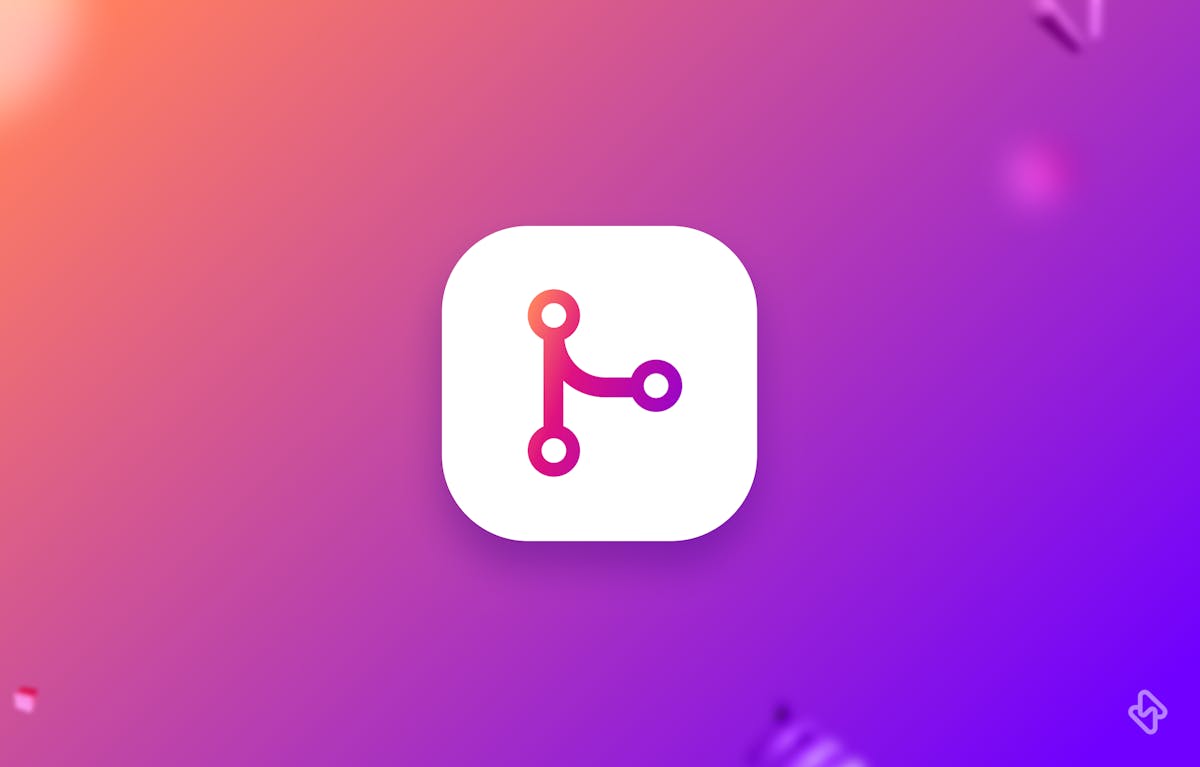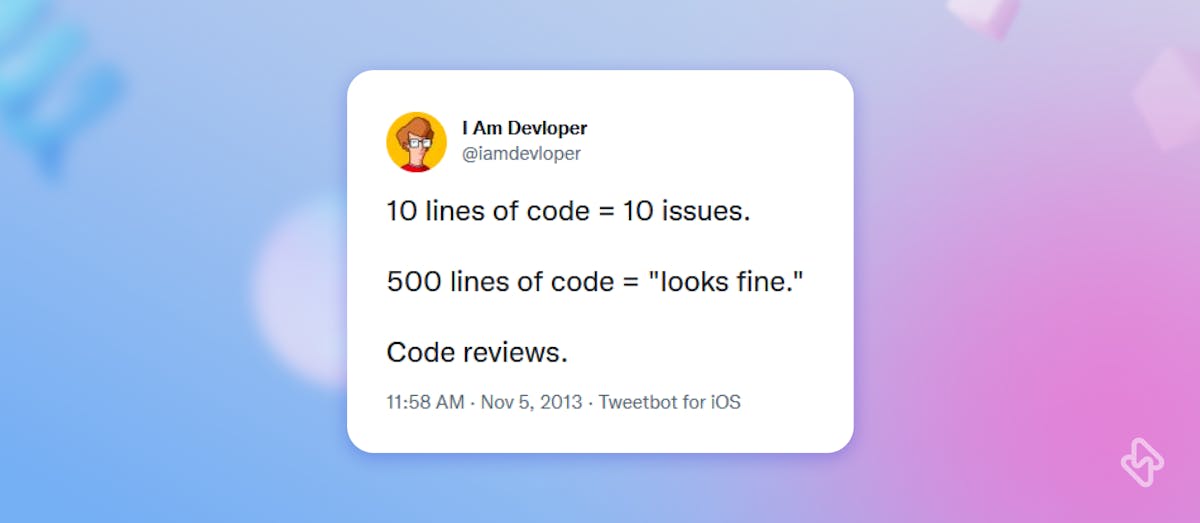Communicate Clearly with Reviewers
Clear communication with reviewers is essential to successful merge requests. This means providing clear and concise descriptions of your changes, as well as responding promptly to any feedback or questions from reviewers. It is also important to be open to suggestions and feedback from reviewers, as they may have insights or perspectives that you had not considered.
Use review collaboration tools to track code changes, response, and submit time, and if the review workload is distributed effectively amongst all ICs. Tracking code changes, and review requests can help with breaking down communication barriers in the team.
Automated testing and code review tools can help streamline the merge request process and improve the quality of the code being submitted. Tools such as linters, and test frameworks can help catch issues early in the process and ensure that the code being submitted meets the required standards. This can speed up the review process and reduce the likelihood of issues slipping through.
💡 Use static analysis tools like SonarQube, and Raxis. Deploy Kalaton, or Selenium for automated testing.
Follow the Team's Workflow
Finally, it is important to follow the workflow established by your team. This may include specific guidelines for submitting merge requests, including the use of specific tools or templates. It is important to understand and adhere to these guidelines to ensure that your changes are reviewed and merged in a timely and efficient manner.
Review Your Changes Before Submitting
Before submitting a merge request, it's a good idea to review your changes thoroughly. This can include running automated tests, checking your code for syntax errors, and making sure that your changes are consistent with the overall codebase. Taking the time to review your changes can help catch any issues early and increase the likelihood that your merge request will be accepted.
Use Meaningful Commit Messages
When submitting a merge request, it's important to use meaningful commit messages that accurately describe the changes you have made. This helps reviewers understand the purpose of your changes and can make it easier for them to review your code. Additionally, meaningful commit messages can be helpful when searching through the repository's history to understand why certain changes were made.
Collaborate with Other Developers
Collaboration is a key aspect of modern software development, and this is especially true when it comes to merge requests. By collaborating with other developers, you can get feedback on your code, learn from their expertise, and improve the overall quality of your work. Additionally, collaborating with other developers can help build a sense of teamwork and community within your project.
Learn from Previous Merge Requests
Finally, it's important to learn from previous merge requests to improve your skills and streamline the process. Look for patterns in the feedback you receive, and try to avoid making the same mistakes in future merge requests. Additionally, pay attention to the process itself, and look for ways to make it more efficient and effective. By continuously improving your merge request skills, you can become a valuable member of your development team and produce high-quality code that meets the needs of your project.
[Read: Pull Request vs Merge Request]
Conclusion
Mastering merge requests is an essential skill for modern software development. By understanding the basics of the process, writing high-quality code, submitting small and focused changes, communicating clearly with reviewers, using automated testing and code review tools, and following the team's workflow, you can streamline the merge request process and produce high-quality code that meets the needs of your project.
Subscribe to the Hatica blog today to read more about unblocking developers, and boosting productivity with engineering analytics.
TL;DR




